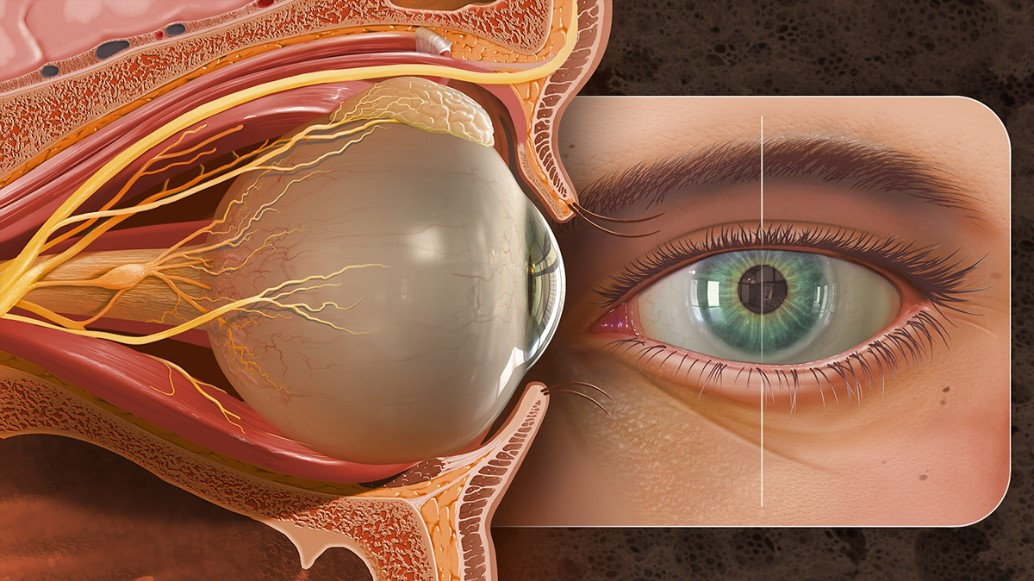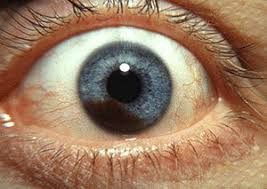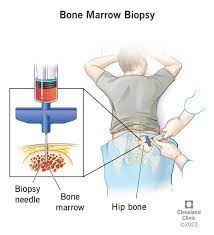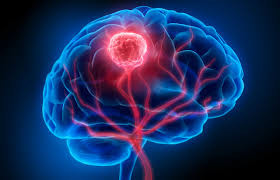Definition
A testicular tumor is a condition where testicular cells begin to mutate and grow uncontrollably or when tumor cells originating from other body parts spread to the testicles. Testicles themselves are another term for the testes. Testicular tumors can occur in one or both testicles and are one of the less common types of tumors.
The testicles or testes are two male sex organs located inside the scrotum, which hangs at the base of the penis on both sides. Testicles play a crucial role in the male reproductive system as they can produce sperm and hormones such as testosterone.
Several types of cancer can arise from the testicles. 95% of testicular cancer originates from the testicular germ cells that will develop into sperm. There are two types of cancer originating from these cell types, namely seminoma and non-seminoma malignancy. Additionally, there are several other types of testicular cancer, although they are less commonly found, such as:
- Leydig cell tumors which account for about 1-3% of all testicular cancer cases.
- Sertoli cell tumors comprise less than 1% of all testicular cancer cases.
Causes
Testicular tumors occur when testicular cells divide more rapidly than usual, forming a tumor. The exact cause of testicular tumors is still unknown. This condition is believed to be associated with conditions that cause genetic material or DNA in testicular cells to undergo mutations.
Due to these mutations, cells that normally have a regulated life cycle of growth and death continue to survive and proliferate excessively. Malignancy can also occur because tumor suppressor genes in the body are not functioning properly.
Risk factor
Testicular malignancy tends to occur in men aged 15-49 years, with white men having a higher risk compared to other ethnic groups, although the reasons for this remain unclear.
Several factors increase a man's risk of developing testicular tumors, including:
- Cryptorchidism:
Cryptorchidism is a condition where one or both testicles fail to descend into the scrotum, affecting about 3-5% of boys at birth. If the testicles do not descend naturally within the first year of life, a surgical procedure called orchidopexy can be performed. Men with undescended testicles are three times more likely to develop testicular cancer, with about 1 in 4 cases originating from descended testicles.
- Family History:
A family history of testicular cancer or cryptorchidism can increase the risk, although most cases do not have a familial link.
- History of Testicular Cancer:
Men who have had a testicular tumor in one testicle are at risk of developing a second tumor in the other testicle. Regular check-ups are recommended, including evaluation for malignancy in the other testicles.
Symptoms
Complaints associated with testicular tumors are often more likely to be caused by other medical conditions, such as injury or inflammation, rather than tumors or malignancies themselves. Some men with testicular tumors may not experience any symptoms at all. However, it's still advisable to consult a doctor if you experience any of the following:
- Swelling in the scrotum.
- Presence of a painless swelling or lump in the testicle.
- The sensation of heaviness in the scrotum.
- Dull pain or discomfort in the lower abdomen or groin area.
- Decreased size of the testicle.
- Change in the appearance of one testicle compared to the other.
While most lumps or swelling in the scrotum do not originate from the testicle and are not indicative of cancer, it's important not to ignore these symptoms.
Diagnosis
To diagnose testicular tumors, the doctor will first inquire about your symptoms and medical history, including previous treatments. A physical examination of your genital area and entire body will be conducted to check for signs of tumors or tumor spread.
Several diagnostic tests may be performed, including:
- Imaging Tests:
Scrotal ultrasound: This painless imaging procedure uses high-frequency sound waves to create images of the testicles, helping to assess whether a lump is benign or malignant. X-rays, CT scans, and MRI scans may also detect any spread of cancer cells to other organs.
- Blood Tests:
Blood tests can be conducted to detect tumor markers such as AFP (alpha-fetoprotein) and HCG (human chorionic gonadotropin). Elevated levels of these markers can help confirm the diagnosis of testicular malignancy and aid in determining the specific type of testicular tumor.
- Biopsy:
While a biopsy, which involves examining a sample of testicular tissue under a microscope, is the definitive way to confirm the presence of testicular cancer, it is rarely performed on testicular tumors due to the risk of cancer cells spreading to other organs.
Management
The choice of treatment for testicular tumors depends on various factors, including the stage of the disease, the type of tumor, your overall health, and your preference for treatment methods. Surgery is typically the primary treatment for most testicular malignancies, regardless of the stage. This may involve removing the affected testicle alone or with nearby lymph nodes, lymphatic vessels, and blood vessels.
Following surgery, additional treatments such as radiation therapy or chemotherapy may be recommended to destroy any remaining cancer cells or to slow down their growth. Recurrence of testicular cancer is relatively uncommon, but regular check-ups over several years are typically advised by your doctor to monitor your condition closely.
Complications
Malignant tumors or cancer cells from testicular cancer can spread to other parts of the body. The most common sites for spread are nearby lymph nodes, such as those in the abdomen or lungs. Although less frequent, cancer cells can also metastasize to the liver, brain, or bones. Symptoms of testicular cancer that has spread to other organs may include:
- Persistent cough or coughing up blood
- Shortness of breath
- Chest pain
- Swelling and enlargement of the breasts in men
- Lump or swelling in the neck
- Lower back pain
- Headaches
Prevention
Testicular tumors cannot be prevented. While many men with testicular tumors do not have specific risk factors, regular self-health checks are recommended to monitor your health. If you notice any concerning issues, consult with a doctor promptly.
When to see a doctor?
Consult a doctor if you notice any changes in your testicles, such as swelling or a lump in one testicle. While lumps in the scrotum can have various causes, including benign ones, testicular tumors are a rare but serious possibility. Early initiation of therapy can significantly improve the likelihood of recovery.
Looking for more information about other diseases? Click here!
- dr Hanifa Rahma
Testicular cancer. (2021). Retrieved 27 August 2022, from https://www.nhs.uk/conditions/testicular-cancer/.
What Causes Testicular Cancer? | Causes of Testicular Cancer. (2018). Retrieved 27 August 2022, from https://www.cancer.org/cancer/testicular-cancer/causes-risks-prevention/what-causes.html.
Testicular Cancer: Symptoms, Signs, Causes & Treatment. (2022). Retrieved 27 August 2022, from https://my.clevelandclinic.org/health/diseases/12183-testicular-cancer#prevention.












